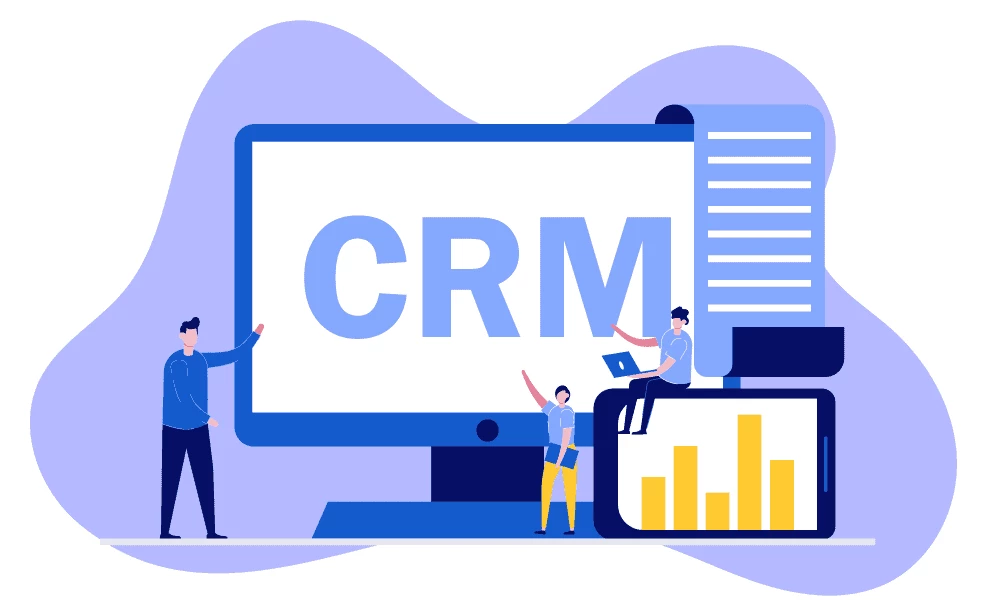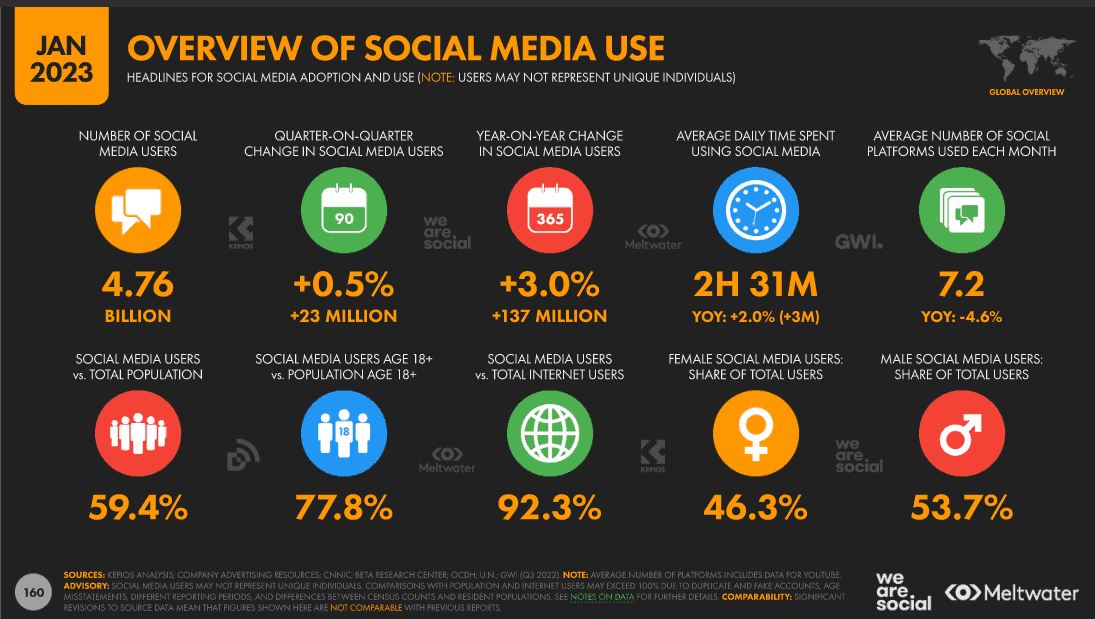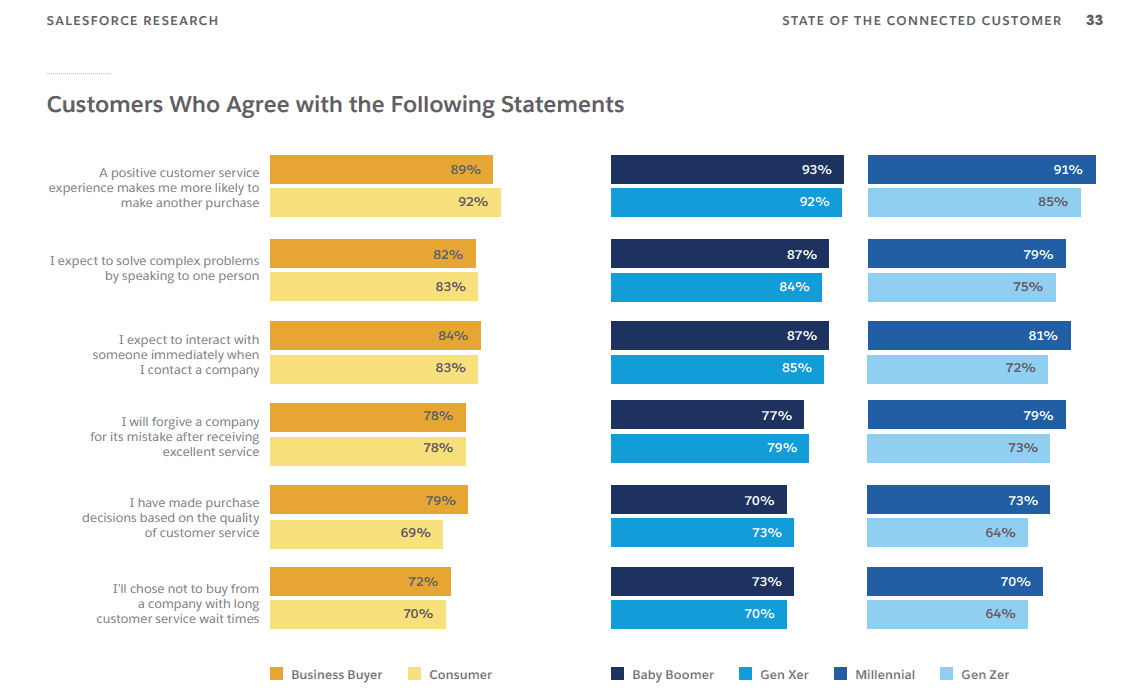As more eCommerce businesses adopt new automation tools, data management becomes more tedious as team members have to switch between applications to collate, process, and store data. Besides, manual data processing isn’t any better, as there’s a high risk of errors, data duplication, and inaccuracy.
So, while these tools help simplify online business operations, having a system that connects and combines data into a unified database will also enhance analytical processes – this is the concept of eCommerce integrations.
In this article, we’ve picked out the best eCommerce integrations that can amplify your online store’s functionalities. And as you read further, you’d also find well-suited tools that allow you to communicate with your customers and deliver pleasant buying experiences.
Table of Contents
What Is Data Integration?
Data integration involves bringing data from various sources to create a unified view for operational and analytical uses. The concept of data integration is to make data easily accessible and available to users. It also helps simplify information processing, management, and delivery across channels.
Ultimately, it combines multiple specialized units to create a fully functional, cohesive system with extended capabilities.
What Are eCommerce Integrations?
On the other hand, eCommerce integration refers to the transfer, connection, and coordination of data between several eCommerce systems to help users create transparent processes and give customers a pleasant buying experience. It deals with data integration across all tools involved in the buying and selling of goods and services online – directly or indirectly.
In eCommerce integration, there is a unique data flow between your eCommerce platform and other back-end channels like marketing, sales, CRM, ERP, accounting, and inventory. These systems enable your brand to keep up with increasing demands by creating a unified database for monitoring the activities and interactions of your customers across several channels.
For example, when a customer lands on your eCommerce site and creates an account, their details (name, email, phone number, etc.) will be added to your database. With this information, you can monitor their interactions, preferences, and behavior as they go through the various stages of the buyer’s journey.
As your customers review the products, they may read an article from your blog before purchasing. When they’re ready to buy, they select the items and add them to the online shopping cart.
As they proceed to the checkout page, they may see ads that promote other products related to the items in the cart. While making the purchase, they will fill in extra details like shipping address, zip code, billing information, card details, etc.
Usually, you can redirect them to a different site where the payment is made (via a payment gateway), and the payment platform will transfer the funds to your account. Once payment is confirmed, they will get a series of emails – “Thank You” emails, order confirmation emails, shipping information emails, etc.
Without a doubt, you must have gone through all or some of these stages if you’ve purchased anything online. The cycle is never-ending as more actions could be added or removed from the process.
From the customer standpoint, it may be assumed that all those processes come from a single platform – the eCommerce site. However, it’s an integration of several external systems:
- The can may be hosted on a content management system (CMS) like WordPress, Drupal, etc.
- Pop-ups and email confirmations can be hosted by email marketing automation platforms like Mailchimp, EngageBay, Constant Contact, etc.
- Shipping information and estimates can be provided by shipping platforms like Shippo, Easyship, AfterShip, etc.
- A product video can come from an online video platform like YouTube, Vimeo, Droplr, etc.
- The payment information could be hosted on payment gateways like PayPal, Stripe, Square, etc.
With an extensive framework like this, you can keep your data (invoices, shipping information, product information, orders, and other customer details) in a secure, unified database, easily accessible and available to team members across several departments.
Read also: 6 High-Impact eCommerce Marketing Strategies to Try Now
Why Are eCommerce Integrations Important?
Since a single software program cannot handle all marketing operations, connecting data from additional third-party tools is an excellent way to extend your functionalities.
However, the data you extract from these tools will be in separate and disorganized formats, thus, making data analysis a daunting task for team members.
Alternatively, integrating these platforms into a unified system will help you process data more accurately. Here are a few benefits of eCommerce integrations 👇🏻
1. Eliminating manual data entry
Without a fully functional integrated system, it would be difficult to keep clean and unified records of your customer data.
Entering data manually into different systems poses a serious threat to the accuracy and health of your database. Such a process can cause misplacement or duplication of information and increase the chances of errors.
Moreover, it is a time-consuming, repetitive, and expensive process that reduces team productivity.
Alternatively, an integrated eCommerce system will enable team members to automate data input across several channels, giving them more time to build stronger customer relationships.
2. Improving data accuracy
When you integrate data from several sources into a unified system, you can comfortably identify and resolve quality issues and loopholes.
The reporting and analytics functionality enables you to monitor and analyze your customer data. This, ultimately, reduces the chances of errors and inaccuracy.
3. Enhancing data updates
eCommerce stores thrive on data. But when this data is outdated, strategic decision-making becomes a challenge.
In a divided system, it is demanding to keep up with the continuous flow of data (order status, shipping data, customer profiles, inventory, etc.) across all platforms. This challenge can lead to data duplication, multiple analytical errors, and increased downtimes.
Alternatively, a cohesive system supports the organization and synchronization of data across channels to ensure a unified and up-to-date database. Even more, a seamless eCommerce integration improves data analysis and reporting. It provides team members with real-time data for monitoring and tracking performance.
Read also: eCommerce Email Platform Integration — The Top Tools To Try
4. Improving inventory management
eCommerce integrations allow you to automate the management and recording of your inventory and pricing. They help you provide accurate and up-to-date data on available or out-of-stock products.
For example, when a customer buys the last pair of hiking boots from a shoe company, your web store will automatically reflect this sale on the website, indicating that the product is out of stock. This process will update potential buyers, stopping them from ordering unavailable items.

5. Improving customer experience
An integrated eCommerce system processes real-time customer data and supports a unified database that provides a 360° view of your customer journey. This gives you accurate information for creating personalized and targeted messages or offers based on your customers’ preferences, behavior, and interests.
Even more, it helps you track customer issues and provide solutions based on past experiences.
Read also: eCommerce Metrics Made Easy: How to Drive Growth
The Best Types of eCommerce Integrations for Your Online Store
Every eCommerce platform supports integrations with an extensive collection of third-party applications for increased efficiency. While there’re tons of systems built for eCommerce, here are some of the best platforms you can connect to your web store:
- Content Management System (CMS)
- Customer Relationship Management (CRM) system
- Payment gateways
- Shipping software
- Accounting software
- Email marketing and automation software
- Social media management software
- Customer support software
1. Content management systems (CMS)
A CMS is the foundation of all eCommerce platforms. It provides a suite of tools for building your online store, driving traffic, and managing sales.
Major content management systems support powerful functionalities for creating, modifying, and publishing website content. Also, the customization features allow you to create an attractive storefront well-suited for your business.
While many eCommerce platforms have built-in content management systems, others support integrations with third-party programs. Some website builders and content management systems for eCommerce include Shopify, WordPress, Wix, Drupal, Joomla, Magento, BigCommerce, etc.
2. Customer relationship management (CRM) systems
A customer relationship management system is an application that combines your customer data from several departments in a unified system. It helps companies manage customer interactions and communication, identify sales opportunities, manage marketing campaigns, and resolve customer complaints.
Integrating CRM software with your eCommerce platform gives you a broader view of your customers’ demographics. This enables you to understand their preferences and interaction with your brand.
The combined data will help your teams create customized offers and deliver targeted campaigns to increase traffic and drive sales.
Like content management systems, there’s a wide variety of CRM platforms with varying functionalities. Some include HubSpot, EngageBay, Salesforce, Keap, Zoho, Microsoft Dynamics 365, Oracle, etc.

3. Payment gateways
A payment gateway is usually a third-party software package that secures payment processing and helps merchants and buyers in different locations receive and make payments.
Generally, it is a web-based system that completes the checkout process and validates the information provided by the buyer before confirming the order.
Typically, every eCommerce site should have multiple payment methods (credit cards, cash, check, debit cards, etc.) to accommodate customers with varying preferences. Most payment processors are on-site, that is, customers stay on your server to input their information.
Conversely, others are hosted on third-party platforms where customers are redirected and brought back after validating their card information.
Some payment gateways include PayPal, Stripe, Authorize.net, Apple Pay, Square, Ayden, etc.
4. Shipping software
A shipping application is a software program that integrates with your eCommerce platform to track and automate shipping processes, manage inventory, print labels, and provide shipping estimates for your products.
If you own a small business and process a few orders, it could be relatively easy to manually calculate and manage shipping information. But as demands increase and sales multiply, manual processing of shipping information may lead to multiple errors. These flaws may result from inaccurate addresses, shipping delays, overestimation or underestimation of prices, etc.
Some shipping platforms include AfterShip, Veeqo, ShipStation, Easyship, ShipBob, Shippo, etc.

5. Accounting software
Accurate bookkeeping is essential for every business – largely, one with numerous daily sales. It is possible to manually keep records of your financial affairs, especially if you are running a small business.
But when demands increase, processes like exporting transactions and matching the data feel like a nightmare, since you are prone to making multiple errors.
Even more, there is a high chance that your reports may be inaccurate and disorganized, leading to unexpected losses. With an accounting software package, you can manage customer payments, file business taxes, categorize and record financial transactions, and create realistic budgets.
Some accounting platforms include QuickBooks, FreshBooks, Xero, Wave, ZipBooks, NetSuite, etc.
6. Email marketing and automation software
Customers will come and go. But one proven channel of continuous communication is through emails. Email marketing entails all activities involved in promoting your brand by sending timely and targeted messages to both new and existing customers.
Running an online store requires efficient and timely communication between you and your visitors. Hence, you need an automation solution that lets you engage and interact with tens, hundreds, or thousands of customers that visit your site regularly.
Email marketing tools support features that allow marketers to collect email addresses, manage lists, send emails, and track their performances. Integrating this with your eCommerce store will help you send personalized messages to your contacts based on their previous activities.
Email marketing platforms also use data from your CRM and eCommerce platform to upsell and cross-sell related products and send cart abandonment and transactional emails.
Some tools include Mailchimp, EngageBay, GetResponse, ActiveCampaign, Constant Contact, Sendinblue (Brevo), Drip, Klaviyo, AWeber, etc.
7. Social media management software
According to Datareportal, more than half of the world’s human population uses social media. A closer look reveals there are about 4.76 billion users around the world.
Apart from email marketing, social media marketing serves as an alternative means of communicating with your customers and reaching a wider audience, regardless of their locations.
Using the various social media platforms – Facebook, Instagram, LinkedIn, Twitter, etc. – you can promote your brand and product offers to new and existing customers.

However, managing all your social media platforms manually would be daunting for your team. And ultimately, this may lead to inconsistencies and lesser productivity.
So, a fully functioning system that combines post-scheduling, social listening, analytics, marketing campaign features, and other capabilities will enable your team to attract more visitors, boost engagement, drive sales, and increase productivity.
Examples of social media management tools include Oktopost, Hootsuite, Sprout Social, Buffer, Sendible, Planable, etc.
8. Customer support software
According to Salesforce, 92% of consumers are more likely to make another purchase if they experience positive customer service. A great customer experience thrives on responsive customer service reps and a fully functioning software solution.
A customer service system supports an array of functionalities, including providing ticketing systems, help centers, knowledge bases, and responsive communication channels for handling customer queries.

As more customers visit your online store, you need a system that enables you to handle increased queries, requests, and other issues on autopilot. Other features like live chat and chatbot integrations help your support reps answer multiple requests by sending automated answers to less complex cases.
This seamless integration gives you a broader view of your customer interaction and behavior over time. Moreover, it enables you to offer customized and personalized support and enhance customer satisfaction.
Examples of customer support software applications include Zendesk, FreshDesk, EngageBay Service Bay, Help Scout, Live Agent, Aircall, HubSpot Service Hub, etc.
Read also: Everything You Need to Know About CRM Integration
Transform Your eCommerce Marketing With EngageBay
Choosing the best eCommerce integrations for your web store means selecting the right set of tools designed to meet your business needs and goals. Apart from having a great content management system, you also need a fully functional customer relationship management (CRM) solution to manage your customer data.
According to G2, 49% of companies use marketing data to enhance and improve the customer experience.
As your eCommerce business grows, customer data management becomes more demanding. Mismanagement can affect your communication with both new and existing customers across several channels.
With a customer relationship management (CRM) tool like EngageBay, you can simplify your sales processes, run successful marketing campaigns, and handle customer queries on autopilot.
Even more, EngageBay supports seamless integrations with popular eCommerce platforms like Shopify, WooCommerce, BigComemrce, etc. These integrations enable you to track customer orders, send cart abandonment emails, upsell and cross-sell products, and send personalized offers. As a result, you drive more sales and improve customer satisfaction.
Sign up for free or book a demo to get started.



